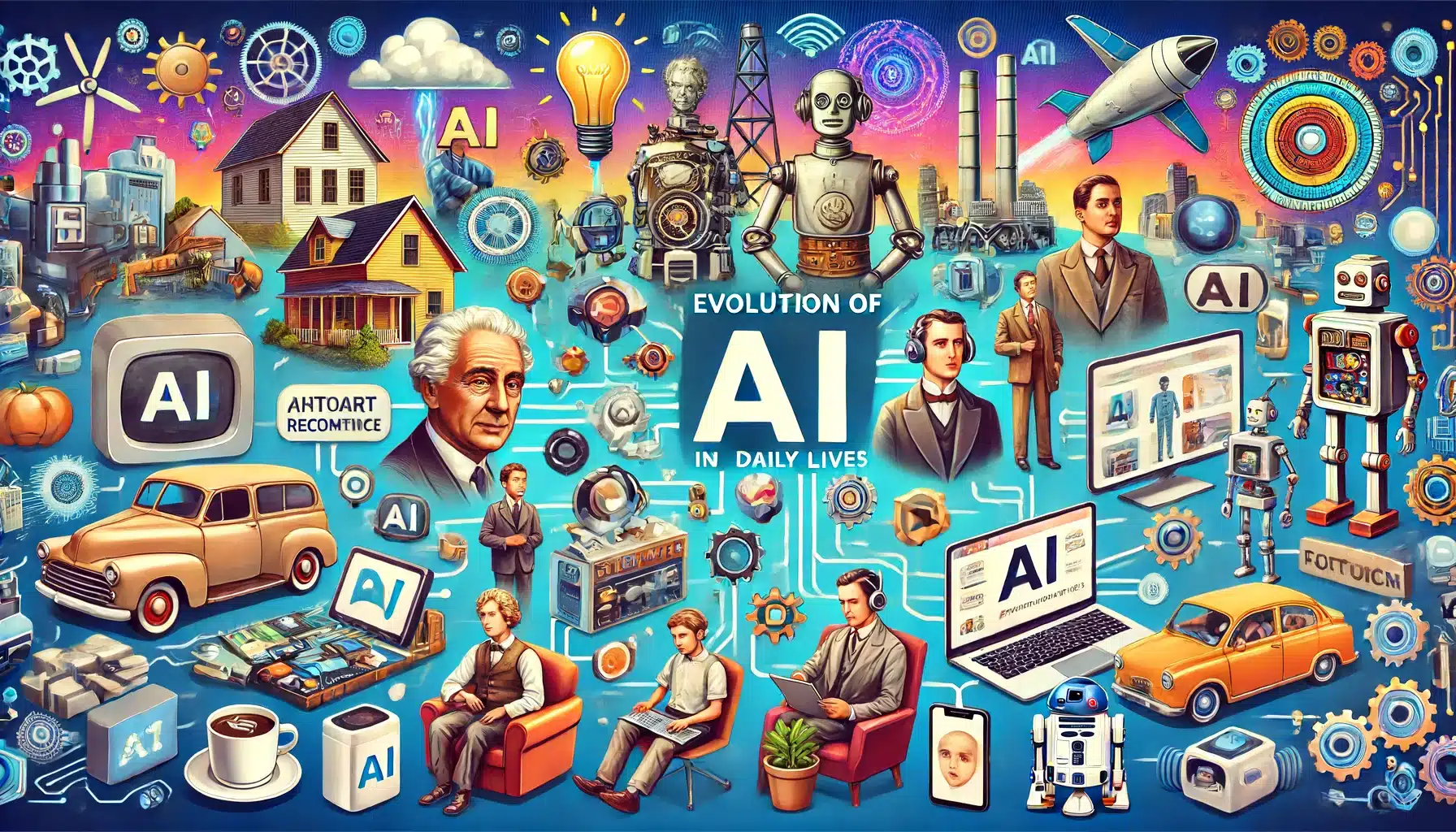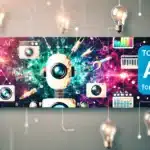The Evolution of AI: From Past to Present
The Early Days of AI
The concept of Artificial Intelligence (AI) has its roots in the 1950s when computer scientists began exploring the idea of creating intelligent machines. Early AI systems were rule-based, relying on predefined sets of instructions to perform specific tasks. These systems, while groundbreaking at the time, were limited in their capabilities and could only handle simple, well-defined problems.
The Rise of Machine Learning
In the 1980s and 1990s, AI experienced significant advancements with the development of machine learning algorithms. These algorithms allowed computers to learn from data without being explicitly programmed, enabling them to improve their performance over time. This marked a significant shift in AI’s potential, as systems could now adapt and make decisions based on real-world experiences.
The AI Boom of the 21st Century
The turn of the 21st century brought about an explosion in AI research and applications. The availability of vast amounts of data, coupled with increased computing power and the development of deep learning techniques, propelled AI to new heights. From virtual assistants like Siri and Alexa to autonomous vehicles and personalized recommendations, AI became increasingly integrated into our daily lives.
AI in Our Day-to-Day Lives: Current Applications
Smart Home Devices and Virtual Assistants
One of the most prominent examples of AI in our daily lives is the proliferation of smart home devices and virtual assistants. These AI-powered tools, such as Amazon’s Alexa, Google Home, and Apple’s Siri, can perform a wide range of tasks, from setting reminders and controlling home appliances to answering questions and providing personalized recommendations.
Personalized Recommendations and Content Curation
AI algorithms play a crucial role in curating the content we consume daily. From Netflix’s movie recommendations to Spotify’s personalized playlists, AI analyzes our preferences and behavior to suggest content tailored to our interests. This not only enhances our entertainment experiences but also saves us time and effort in discovering new content.
Automation of Routine Tasks
AI has the potential to automate many of the repetitive and time-consuming tasks we face in our daily lives. From scheduling appointments and managing emails to creating grocery lists and planning travel itineraries, AI-powered tools can streamline these processes, freeing up our time for more meaningful activities.
Leveraging AI for Success: Best Practices
Identify Areas for Automation
To effectively leverage AI in our daily lives, it’s essential to identify the tasks and processes that can be automated. Start by creating a list of your daily activities and the time spent on each. Focus on repetitive, time-consuming tasks that don’t require uniquely human skills like creativity or empathy. These are prime candidates for AI automation.
Choose the Right AI Tools
Once you’ve identified the areas where AI can help, research and select the appropriate tools and applications. Consider factors such as ease of use, integration with your existing devices and services, and privacy and security features. Experiment with different tools to find the ones that best suit your needs and preferences.
Measure the Impact and Adjust
As you integrate AI into your daily life, it’s crucial to measure its impact on your productivity, time management, and overall well-being. Keep track of the time saved through automation and any issues or inefficiencies that arise. Use this information to fine-tune your AI strategy and make necessary adjustments to maximize its benefits.
Balancing AI and Human Skills
Embrace Uniquely Human Qualities
While AI can automate many tasks, it’s essential to recognize and embrace the uniquely human skills that machines cannot replicate. Qualities such as creativity, empathy, intuition, and critical thinking are invaluable in both personal and professional contexts. By focusing on these strengths, we can complement AI’s capabilities and create a harmonious balance between technology and human touch.
Foster Human Connections
AI may streamline communication and automate certain interactions, but it cannot replace the depth and richness of human connections. Make a conscious effort to cultivate meaningful relationships with family, friends, and colleagues. Use the time saved through AI automation to invest in face-to-face interactions, shared experiences, and emotional support.
Continuous Learning and Adaptation
As AI continues to evolve, it’s crucial for individuals to engage in continuous learning and skill development. Embrace a growth mindset and actively seek opportunities to acquire new knowledge and skills. This adaptability will not only help you effectively leverage AI tools but also ensure your relevance in an ever-changing landscape.
The Future of AI in Our Daily Lives
Increased Integration and Personalization
As AI technologies advance, we can expect even greater integration into our daily lives. From smart homes that anticipate our needs to personalized health and wellness recommendations, AI will become more seamlessly woven into the fabric of our day-to-day experiences. This increased personalization will enable AI to provide more targeted and efficient support, enhancing our overall quality of life.
Ethical Considerations and Responsible AI
As AI becomes more prevalent in our daily lives, it’s crucial to address ethical considerations and ensure the responsible development and deployment of these technologies. This includes issues such as data privacy, algorithmic bias, and transparency. By proactively addressing these concerns and establishing guidelines for ethical AI, we can harness its benefits while mitigating potential risks.
Collaboration Between Humans and AI
The future of AI success in our daily lives lies in the effective collaboration between humans and machines. Rather than viewing AI as a replacement for human skills, we should embrace it as a tool to augment and enhance our capabilities. By leveraging the strengths of both AI and human intelligence, we can create a future where technology and human ingenuity work hand in hand to solve complex problems and improve our daily experiences.
Conclusion
The journey of AI, from its early beginnings to its current ubiquity in our daily lives, has been one of remarkable progress and transformation. As we look towards the future, it’s clear that AI will continue to shape and enhance the way we live, work, and interact with the world around us.
To achieve AI success in our day-to-day lives, it’s essential to identify areas where automation can streamline tasks, select the right tools, and continuously measure and adjust our AI strategies. However, we must also recognize the importance of balancing AI with uniquely human skills, fostering meaningful connections, and engaging in continuous learning and adaptation.
As AI becomes more integrated and personalized, we have the opportunity to harness its potential to improve our quality of life while addressing ethical considerations and ensuring responsible development and deployment. By embracing a future of collaboration between humans and AI, we can create a world where technology and human ingenuity work together to unlock new possibilities and drive positive change in our daily lives.


